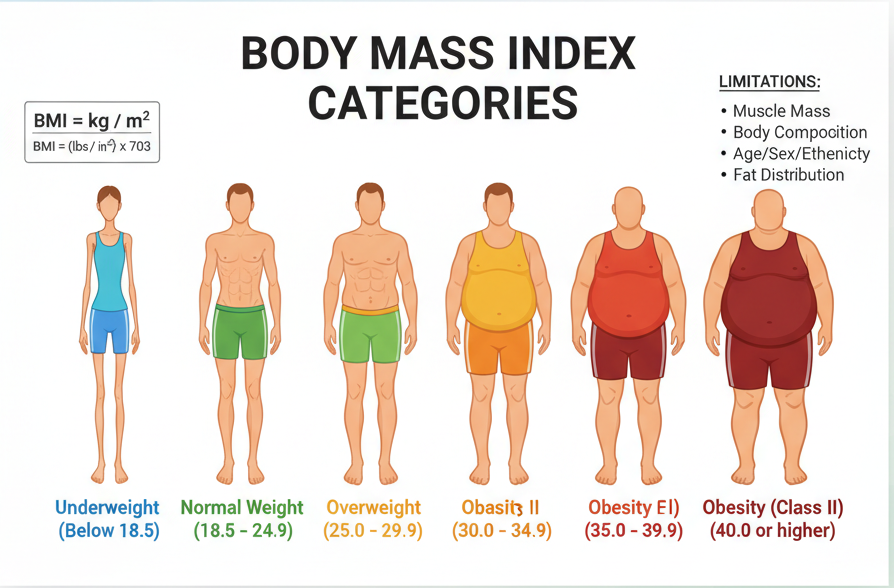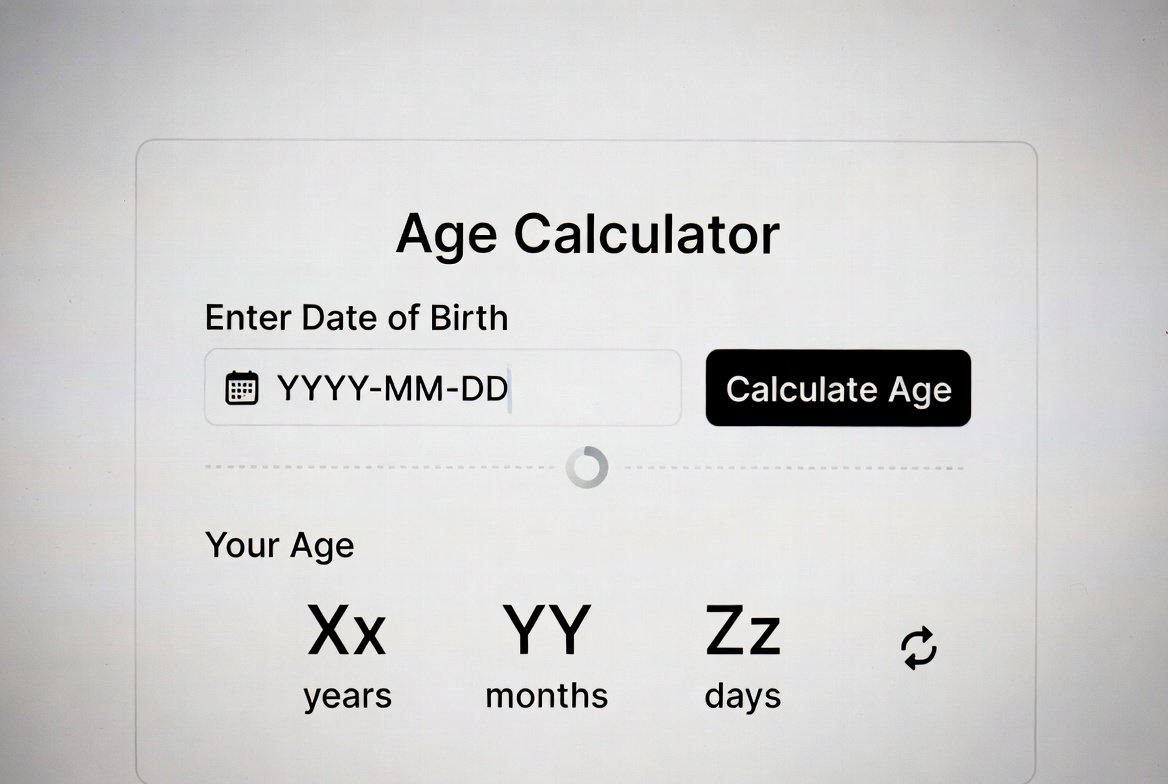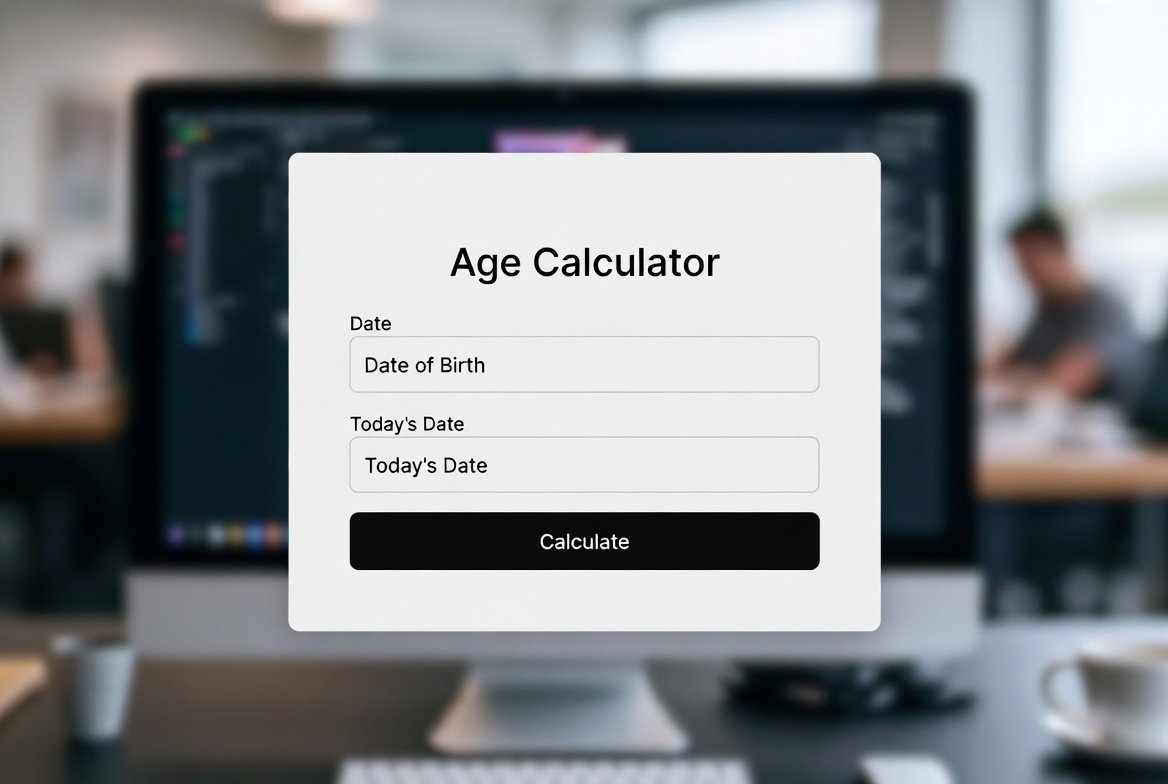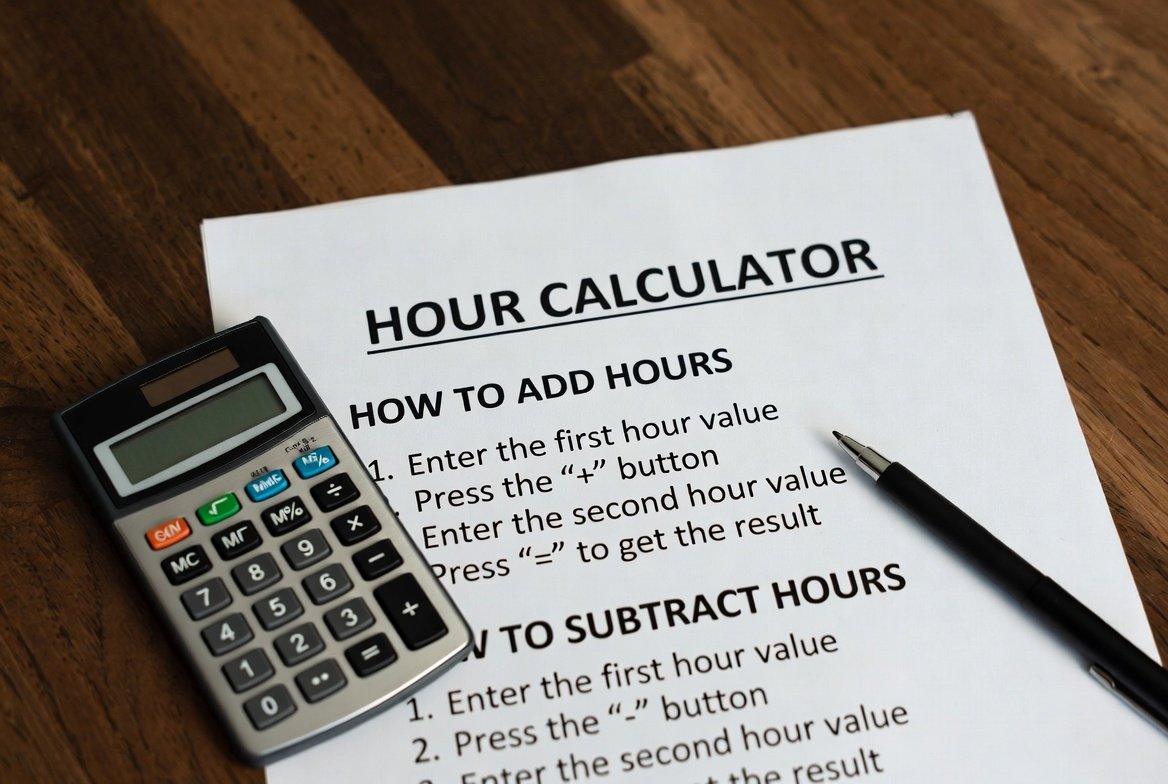Table of Contents
- What is a Time Calculator?
- Time Addition: Simplifying Everyday Math
- Time Subtraction: Finding Differences Quickly
- Why Minute Calculators Matter
- Practical Everyday Uses of a Time Calculator
- Conclusion
- FAQs
We’ve all been there, standing in the kitchen trying to figure out if the roast will be ready before the guests arrive, or looking at our work schedule and wondering, “When exactly will my shift end?” Time math sneaks into daily life more often than we realize. Whether it’s sports, travel itineraries, deadlines, or planning family activities, being able to add or subtract hours and minutes correctly is essential.
But here’s the tricky part: unlike regular math, time runs on a 60-minute and 24-hour cycle. That means adding “45 minutes + 30 minutes” or figuring out “3:40 PM minus 1:15 PM” can get messy. Borrowing minutes, converting hours, and frequently mixing up AM/PM can lead to mistakes.
This is exactly where a time calculator comes in. With built-in features for time subtraction and adding time calculator functions, it removes the guesswork and delivers accurate answers instantly.
What is a Time Calculator?
A time calculator is a simple but powerful digital tool designed to do one thing really well: take the confusion out of time math. Instead of manually juggling hours and minutes, you can enter values and let the calculator handle the tricky conversions for you.
Here’s what it can do:
- Add hours and minutes: For example, adding 2 hours and 45 minutes to your current time.
- Subtract intervals: Instantly find out how much time is left until an event or how long something lasted.
- Convert minutes to hours: Use it as a minutes calculator to see how many hours are in 250 minutes, for example.
When you manually add “2:45 PM + 1 hour 50 minutes,” you may stumble on the minute carryover. But with a time addition calculator, the result is clear: 4:35 PM. No second-guessing, no scribbles on paper.
In short, a time calculator saves time while helping you calculate it.
Time Addition: Simplifying Everyday Math
Adding time sounds easy until you actually sit down to do it. Unlike simple addition, you have to remember that 60 minutes equals one hour, and any overflow needs to be carried over. That’s where mistakes creep in.
A few everyday examples:
- Cooking: A dish needs 45 minutes to bake, plus 30 minutes to rest. Add them together, and you get 1 hour 15 minutes.
- Travel: Your flight leaves at 9:25 AM and lasts 2 hours and 45 minutes. What time will you land? A quick calculation shows 12:10 PM.
- Work shifts: Add start times with shift lengths to know when you’re clocking out.
Doing these by hand isn’t impossible, but it’s error-prone. A time addition calculator takes the pressure off by giving you exact results in seconds. Even better, a minutes calculator can help you break long spans (like 250 minutes) into readable hours and minutes.
Time Subtraction: Finding Differences Quickly
Just as often as we add time, we also need to subtract it. Whether you’re working on a project, timing a workout, or tracking travel, knowing the difference between two points in time is essential.
Here are common cases where time subtraction matters:
- Task duration: If a meeting started at 1:15 PM and ended at 3:40 PM, the total time spent is 2 hours and 25 minutes.
- Deadlines: You might need to calculate how much time remains until your assignment is due.
- Workouts: Track exactly how long you spent exercising to stay on top of your fitness goals.
The problem with manual subtraction is that time isn’t always “even.” If the end minutes are smaller than the start minutes, you need to borrow from the hours. For example, 2:50 AM from 2:50 PM requires careful math to avoid mistakes.
Why Minute Calculators Matter
Minutes are the smallest but most crucial building blocks of time management. A single hour is nothing more than sixty minutes stacked together, and that’s why even minor miscalculations can disturb a schedule.
Think about cooking, setting an alarm, or timing a workout: being off by just ten minutes can change the result completely.
This is where a minutes calculator proves valuable. Instead of juggling conversions in your head, the tool quickly answers questions like:
- “What time will it be in 90 minutes?”
- “How many hours are in 250 minutes?”
It can also translate minutes into hours and days, which is especially useful for long-term planning.
A time calculator minutes tool helps you stay on track with the clock. Whether you’re planning short tasks or breaking down larger intervals, it removes the stress of mental arithmetic and gives you precise results instantly.
Practical Everyday Uses of a Time Calculator
The usefulness of a time calculator goes far beyond math exercises. It becomes a part of everyday decision-making once you start using it.
- Personal life: Helps with cooking, study sessions, or gym workouts by showing exactly when your timer should ring.
- Professional settings: Managers rely on clock calculators to arrange work shifts, ensure accurate payroll, and plan projects without errors.
- Travelers: Benefit from these tools, especially when calculating flight durations, layovers, or arrival times across time zones.
Even casual moments demonstrate their value. If a child asks, “What time will it be in 30 minutes?” you don’t need to pause and calculate in your head. Instead, you can open the calculator time function and provide the exact answer right away.
Over time, using a time addition calculator or time subtraction tool becomes second nature, saving both effort and stress. No matter where you apply it—at home, work, or travel—a time calculator always delivers clarity.
Conclusion
Time calculations can be unexpectedly tricky. The way hours and minutes are structured, with 60 minutes per hour instead of a clean base-10 system, often leads to mistakes.
Adding or subtracting intervals without a tool means carefully borrowing or carrying numbers, which is easy to get wrong.
A time calculator takes away the guesswork. Whether you’re using an adding time calculator to figure out when your meeting ends or a time subtraction feature to calculate how long your project took, the process becomes instant and accurate.
The next time you need to calculate time, don’t rely on mental math. Try a time calculator and enjoy the peace of mind that comes with precision.
FAQs
1. How does a time calculator work?
A time calculator adds or subtracts hours and minutes based on your inputs. It automatically adjusts when minutes exceed sixty or when subtraction requires borrowing from the hour.
2. What’s the difference between a time addition calculator and a time subtraction calculator?
A time addition calculator helps you find an end time when you add hours or minutes, while a subtraction calculator determines the duration between two times.
3. Can I calculate time only in minutes?
Yes, a minute calculator converts raw minutes into hours and days, or calculates the exact time after a certain number of minutes.
4. How accurate are time calculators?
They are precise, since they follow standard 24-hour and 60-minute conventions, eliminating human error in manual calculations.
5. Why is adding or subtracting time tricky without a calculator?
Because time doesn’t work in base-10 like most math. Sixty minutes equal one hour, which means extra steps when carrying over or borrowing during manual calculations.






